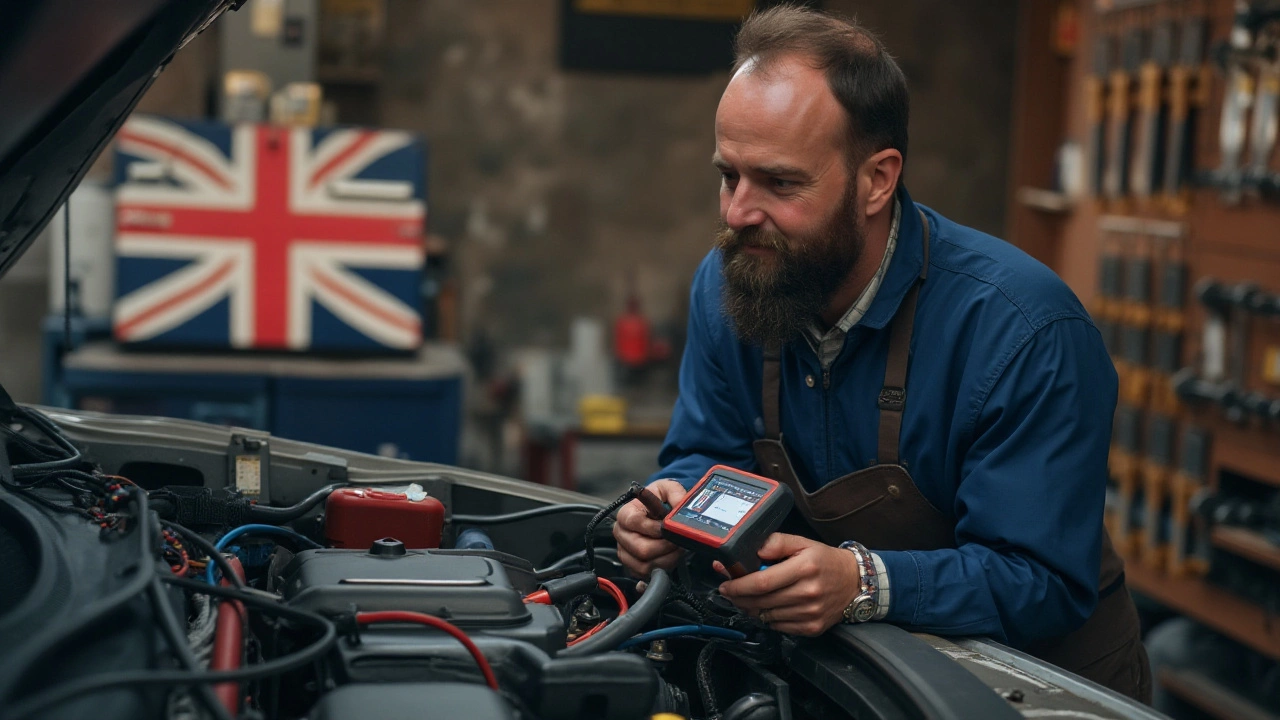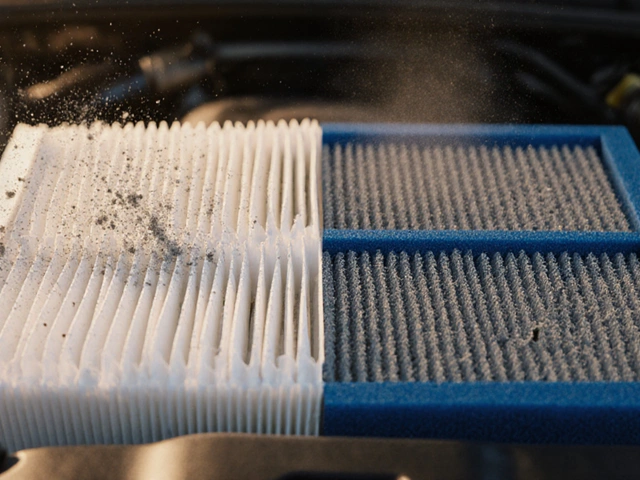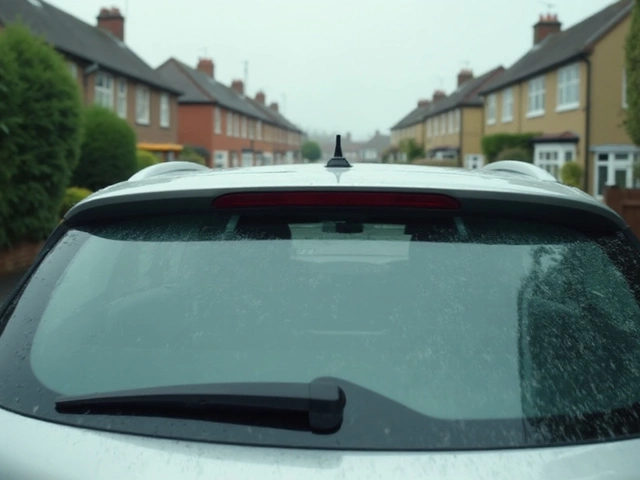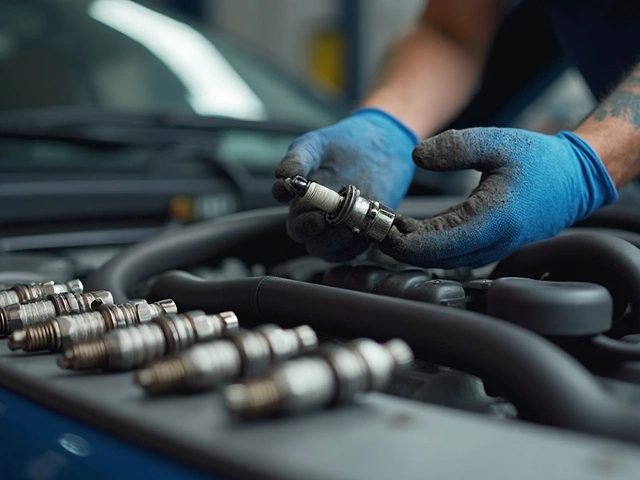Code Reader Basics: Spotting Car Problems in Minutes
If your car is acting weird, a code reader is the fastest way to find out why. Plug the device into the OBD‑II port, turn the ignition on, and watch the live data pop up. No need for expensive garage trips when you can see the fault codes yourself. Most modern scanners talk to any car made after 1996, so you’re covered whether you drive a hatchback or a SUV.
When you first see a code, don’t panic. The numbers look scary, but they’re just the car’s way of saying something isn’t right. A "P0301" means a misfire in cylinder 1, while a "P0420" points to a catalytic converter issue. Write the code down, then look it up in the scanner’s built‑in reference or a quick online search. That’s usually enough to decide if you can fix it at home or need a pro.
Choosing the Right Code Reader for Your Needs
Not all code readers are created equal. Cheap Bluetooth dongles work fine for basic check‑engine lights, but they lack live sensor data and advanced functions like ABS or airbags. Mid‑range handheld scanners add features like freeze‑frame data, which shows the engine’s condition when the fault happened. If you own a performance car or want to dive deep into emissions testing, look for a professional‑grade tool that supports all manufacturer‑specific codes.
Think about how you’ll use it. If you just want to clear a light after an oil change, a budget model will do. If you enjoy tinkering, a scanner with a smartphone app that shows real‑time graphs can be a lot of fun. Prices range from under £20 for basic dongles up to £300 for full‑featured units. Choose one that matches the level of detail you need without breaking the bank.
Practical Tips for Using a Code Reader Safely
Always connect the reader with the engine off, then turn the key to the "ON" position without starting the engine. This protects the electronics and ensures accurate data. After reading the code, clear it if you think the issue is resolved; the light will come back on if the problem persists. Remember, clearing a code doesn’t fix the underlying issue – it just resets the warning.
If the scan shows multiple codes, start with the highest priority one, usually the one with the lowest number (P0xxx series). Fixing that often clears the rest. For example, a faulty oxygen sensor can cause misfire codes that disappear once the sensor is replaced.
Finally, keep the reader clean and store it dry. Moisture can damage the connectors and give you false readings. With a reliable code reader and a bit of curiosity, most owners can diagnose simple faults, save time, and avoid costly trips to the garage.
 16 November 2024
16 November 2024
Can a Code Reader Diagnose a Faulty Fuel Pump?
Discover how code readers can be utilized to identify fuel pump issues, potentially saving time and money for car owners. Delve into understanding the fuel delivery system and how technology simplifies diagnostics. Learn the limitations of code readers and alternative methods for comprehensive vehicle troubleshooting. Gain insight into maintaining your vehicle's fuel efficiency and preventing costly repairs.






0